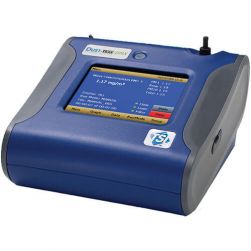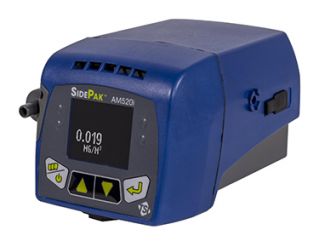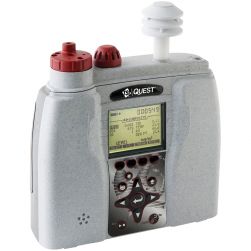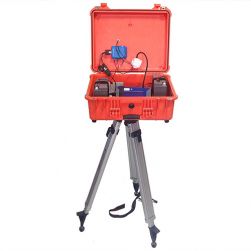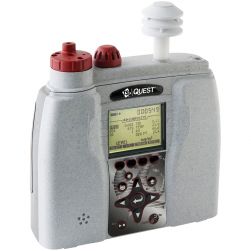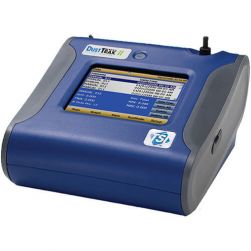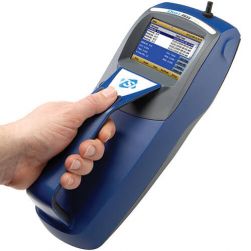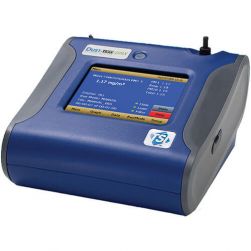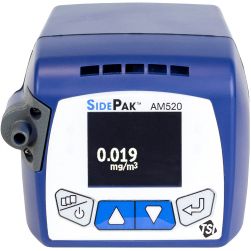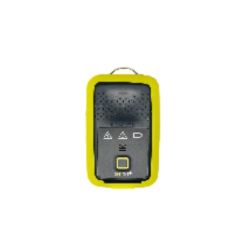Dust Monitor & Aerosol Monitor Rentals
Dust monitors—or aerosol monitors—measure the amount and size of fine solids or liquid particles suspended in the air; personal aerosol monitors measure a worker's exposure to respirable particles; and benchtop and handheld monitors can be used to take real-time measurements of aerosols like dust, smoke, or other pollutants over a given area in your plant or workplace.
Aerosol monitors can be used in indoor applications for ambient monitoring, indoor air quality studies, and work area monitoring—while outdoor kits are available for construction and harsh-environment studies to make sure workers are protected from respirable particles and to maintain community health.
Aerosol mass concentration monitors give you real-time aerosol mass readings of dust, smoke, fumes, and mists. Aerosol particulate monitors show both real-time mass concentration and total PM size.
Let us guide you on the best dust and aerosol monitors for your application. All our rentals are backed by our Instant-On Guarantee and come with calibration certificates and free online video training and manuals. If you have questions on the best aerosol or dust monitor for your project, just ask us and one of our factory-trained technical staff will be happy to help you.

FREQUENTLY ASKED QUESTIONS ABOUT DUST & AEROSOL MONITORS
What is aerosol monitoring?
Industrial hygienists use aerosol monitoring to assess air quality in workplaces, cities, and communities over a period of time.
What is an aerosol monitor?
An aerosol monitor—also known as a dust monitor or particulate monitor—is used to measure dust, smoke, mist, fume, condensation, and fog.
What do aerosol monitors detect?
Aerosol Monitors enable real-time, direct-reading aerosol monitoring and analysis in a variety of indoor and outdoor applications to measure both mass and size fraction of particles.
How do dust or aerosol monitors work?
Dust monitors use a light scattering technique to create an interaction between the light and the particles. The scattered light is then received by the detector and transformed by an algorithm into corrected data.
How much dust in the air is normal?
Particles smaller than 10 micrometers are generally a concern since they can get into the lungs and affect respiratory health—and particles less than 2.5 micrometers are even more concerning than those that are larger in size.
Know what you need or have a question about dust monitors or aerosol monitors? We’ve got you covered.
Our factory-trained rental team is standing by, ready to help you with your project. Get in touch today to learn more!

